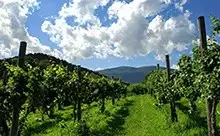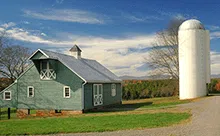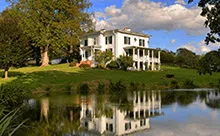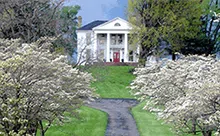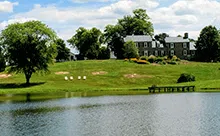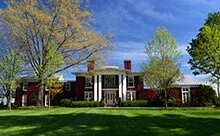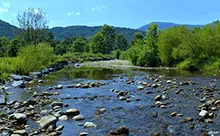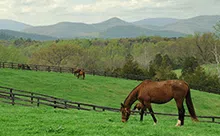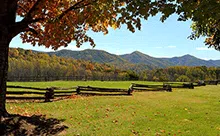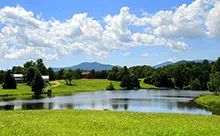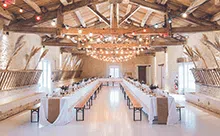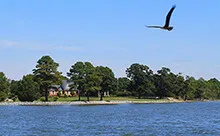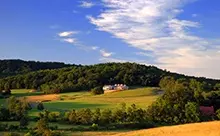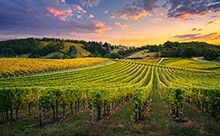
North Carolina Vineyards
North Carolina vineyards astound critics across the country with the unique, rich flavor profile provided by the area’s terroir. Wine has been produced in North Carolina since the early days of European colonization in the 17th century, and in the last decades the state has gained well-deserved national and international recognition as a successful, award-winning wine region.
With more than 110 wineries and dozens of wine trails, North Carolina is a haven for wine connoisseurs. Its wineries have doubled since 2005, and today it ranks 10th for wine and grape production in the United States. North Carolina also boasts more than 440 individually owned vineyards, totaling more than 1,800 acres.
The state’s distinctive climate regions allow it to produce grape varieties not typically found in the same area; North Carolina’s popular grapes range from European-style vinifera, to native muscadines to French-American hybrid and labrusca grapes, allowing the state’s winemakers to produce dozens of varieties of wine.
In the state’s western and Piedmont regions, Chardonnay, Cabernet Sauvignon, Merlot, Viognier, and Syrah impress casual wine drinkers and critics alike. Hybrid grape varieties and labrusca grapes also flourish in these areas in spite of low winter temperatures.
In North Carolina’s coastal region, native muscadine grapes flourish; these relatively pest-resistant grapes thrive in the area’s hot, sandy soil, and can be easy and low-maintenance for new vineyard owners. The native grapes have also been found to contain high levels of resveratrol and antioxidants, making them appealing to nutraceutical companies as well as wineries.
The official state fruit of North Carolina, the scuppernong, was the first grape cultivated in the United States. A scuppernong vine known was “The Mothervine” on Roanoke Island is the oldest known cultivated grapevine in the nation at 400 years old.
Wine Tourism in North Carolina
North Carolina’s wine trails take visitors along scenic routes through historic sites, quaint towns, and incredible mountains. Many vineyards and wineries have tours and tasting rooms that allow visitors to taste flavors unique to the region while overlooking the breathtaking landscape that created and nurtured the distinctive grapes.
The state’s unique terroir has made it an incredibly attractive destination for wine connoisseurs. According to a Travel Industry Association survey, North Carolina is one of the top five state destinations in the US for wine and culinary tourism activities. Each year, 1.3 million tourists flock to North Carolina’s vineyards and wineries to take in the beautiful views and enjoy wine that is somehow both familiar and distinctive, reflective of North Carolina’s terroir.
North Carolina’s wine tourism produces $156 million in visitor spending and $51 million in state and local taxes each year. In total, the state’s booming wine and grape industry generates $1.28 billion annually and supports 7,600 jobs.
It isn’t just tourists who are drawn to North Carolina’s blossoming viticultural areas — winemakers are drawn to the state’s rich soil and mild climate that lend themselves to the production of wine. Growing grapes in North Carolina can be immensely profitable and rewarding, and establishing a vineyard can help land to appreciate in value as the vines mature and vineyard-owning becomes increasingly popular.
Notable North Carolina wineries include Duplin Winery in Rose Hill, the largest and oldest winery in the state and the world’s largest producer of muscadine wine, and Biltmore Estate Winery in Asheville, the most visited winery in the US with over one million annual visitors.


















